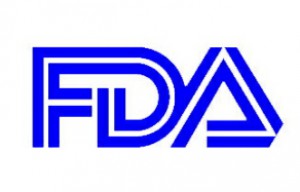The U.S. Food and Drug Administration (FDA) announced on July 12, 2012 that it is pairing with the University of California, Dallas Aligent Technologies, FSIS, and the Centers for Disease Control and Prevention (CDC) to create a public database of 100,000 foodborne pathogen genomes to speed identification of bacteria that cause outbreaks. Combined with surveillance and the outbreak investigation system already in place, this new system will help public health officials quickly pinpoint the source of bacteria responsible for an outbreak.
 Researchers and public health officials around the world will have open access to the database. That should help investigators develop tests to identify the bacteria in a suspected sample within days or hours, far faster than the one week it now takes between a diagnosis and genetic analysis. Currently, pulsed field gel electrophoresis (PFGE) is used to ID bacteria suspected in an outbreak.
Researchers and public health officials around the world will have open access to the database. That should help investigators develop tests to identify the bacteria in a suspected sample within days or hours, far faster than the one week it now takes between a diagnosis and genetic analysis. Currently, pulsed field gel electrophoresis (PFGE) is used to ID bacteria suspected in an outbreak.
“The 100K Genome Project” will take five years to complete and include DNA on E. coli, Salmonella, Campylobacter, and Listeria, among others. FDA Commissioner Margaret A. Hamburg said in a statement, “FDA is pleased to contribute scientific and technical expertise necessary to create and maintain this foodborne pathogen database which will be fully accessible and have long-lasting impact on protecting public health.”
The FDA is providing more than 500 Salmonella genome sequences that have already been completed, along with thousands of additional food pathogens for sequencing. Agilent is providing instrumentation, scientific expertise, and funding to support some of UC Davis activities. UC Davis will coordinate the genome sequencing at their newly finished BGI@UC Davis genome sequencing facility. Sequences will be stored at the National Institute of Health’s National Center for Biotechnology Information’s public database.
The goal of the project is to make the food supply safer for consumers, but it will also increase testing speed of raw ingredients, finished products, and environmental samples taken when investigating outbreaks.
You can keep track of the project’s progress at the FDA consumer site. That site provides answers to many consumer questions about food, drink, and medicines.




